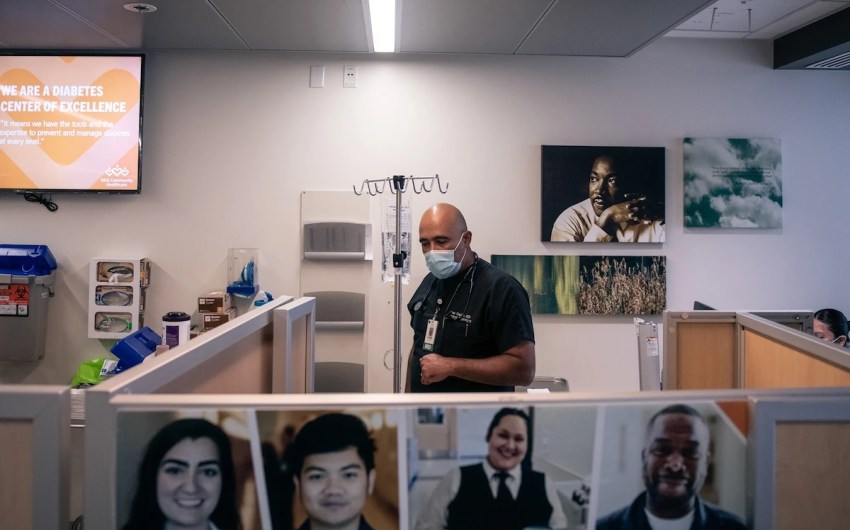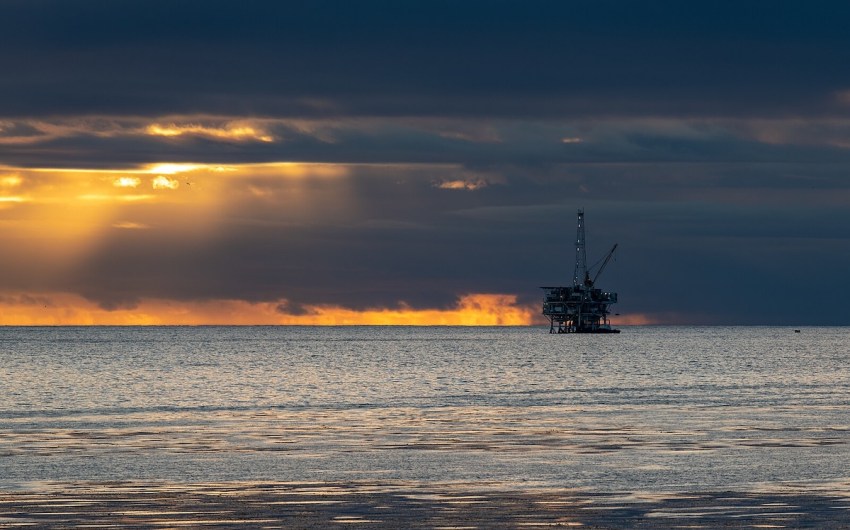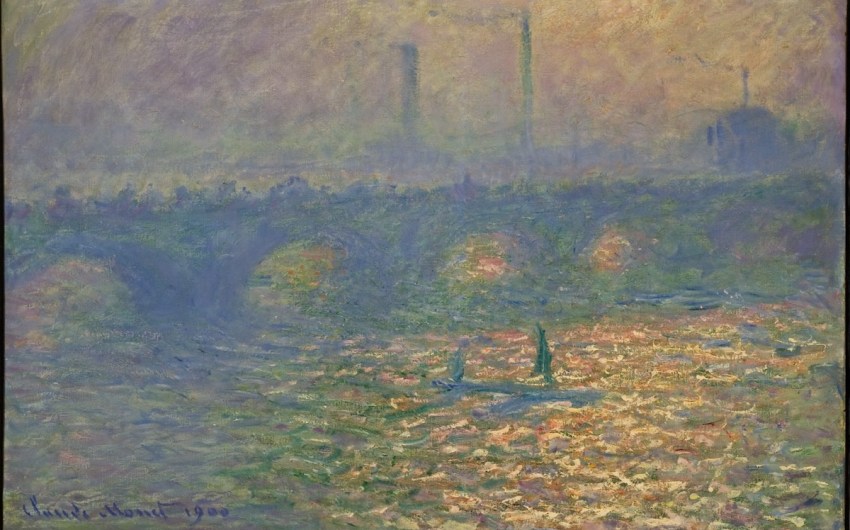FFUC Means Fossil Free University of California
Historical Records of a Focus on Oil-Industry Investments Added to UCSB Special Collections

This article was originally published in UCSB’s ‘The Current‘.
With UC Santa Barbara students at the forefront, a yearslong coalition between campuses systemwide succeeded in raising awareness of UC investments in the fossil fuel industry.
Detailed documentation of the entirety of that grassroots campaign, which ran from 2012–2019, is now available to the public as the first all-digital archive preserved by UCSB Library Special Research Collections. “Fossil Free UC: The Student Fight to End Big Oil” is composed of photographs, meeting notes, articles, photos, video clips, articles, interviews and oral histories, totaling more than a gigabyte of information.
“As records are now primarily created, maintained and archived in digital form, we anticipate that more and more collections we bring in will be in born-digital form,” said Matt Stahl, a Special Research Collections archivist and curator.
Highlights from the Fossil Free UC (FFUC) campaign will be on display in the library’s Ocean Gallery near the main elevators through June 28. The multimedia exhibit, co-curated by UCSB film and media studies assistant professor Mona Damluji and history graduate student Andrea Serna, features a timeline, original signage and photographs and a prerecorded audio/visual component.
For UCSB, a longtime leader of environmental scholarship and activism, the FFUC movement hit home. The campus’s Environmental Studies Program was established in the wake of the 1969 oil platform blowout that polluted the Santa Barbara Channel and miles of beaches with an estimated four million gallons of crude. The FFUC collection joins related archives donated by the nonprofit group Get Oil Out — also founded in the wake of the spill — plus the photos of former Santa Barbara News-Press photographer Dick Smith and the files of former News-Press reporter and UCSB environmental journalism teacher Bob Sollen, author of “An Ocean of Oil: A Century of Political Struggle over Petroleum Off the California Coast.”
“At UCSB there’s a community of people, a wide range from multiple disciplines, committed to thinking critically about climate justice,” said Damluji, who is writing “Pipeline Cinema,” a book about the relationship between the oil and film industries in the Middle East.
The FFUC effort, Damluji said, was “waxing and waning over time” as undergraduate activists graduated and moved on. However, the most dedicated activists handed off the campaign to incoming students; also, Emily Williams and Theo LeQuesne, two lead organizers at UCSB, maintained involvement as they stayed on campus to pursue advanced degrees.
Among initial demands, FFUC sought to freeze UC investments in 200 publicly traded companies with the largest carbon reserves. Five years into the campaign, in 2017, UCSB Chancellor Henry Yang became the first campus leader to support divestment. In July 2019, the Academic Senate formally recommended that the UC embrace fossil fuel divestment; three months later, UC investment chiefs announced endowment and pension fund divestments totaling more than $120 billion. In May 2020, the UC announced a full divestment from all fossil fuels.

As the movement matured, LeQuesne, Williams and other activists understood divestment not so much as a way to financially disrupt polluters, but as a means to morally bankrupt big oil by reframing the narrative to put the onus on the industry, not the individual.
“FFUC saw the problem as systemic,” Damluji said. “They wanted to change the way we talk and think about climate change and most importantly how we imagine what kind of change is necessary to save our planet.”










You must be logged in to post a comment.